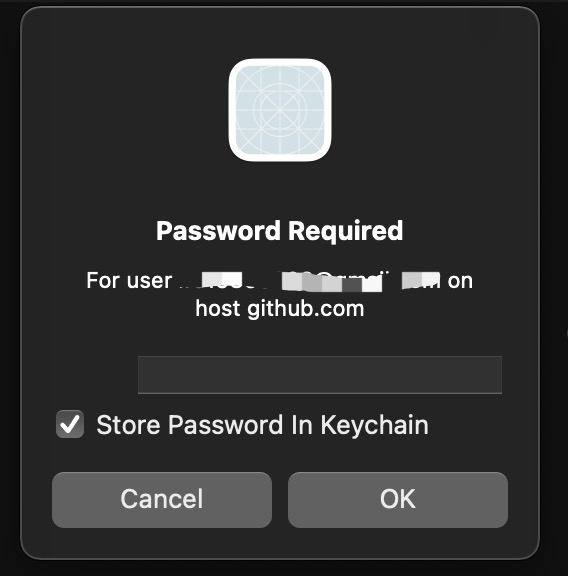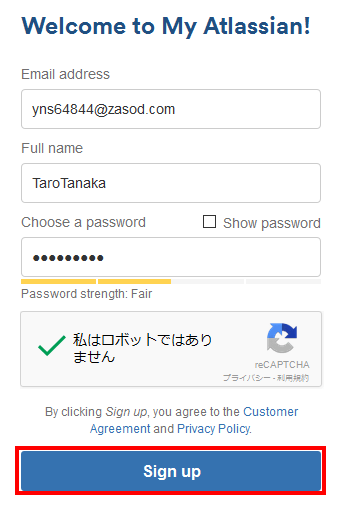

Once that's done, you can double click the new bookmark and use SourceTree as you normally would. You can either clone it to a new location, or add the directory manually in the Local tab. Since I already have this repo in another location, I'll move it to the trash.)Īdding an Existing Repo that Has a Corresponding Remote to SourceTreeįor some reason if you click "Clone" next to a repo you already have on your local machine and select the existing directory, it won't connect the remote repo with your existing copy.

Select "Delete" (When you do that, you'll be asked whether you'd just like to remove the bookmark from SourceTree and leave the repo on your machine, or also move the repo to the Trash.Since I already have this repo on my machine in another location, I'll delete the copy that I just cloned. If it doesn't, double click on the bookmark in the list in the "Local" tab. The repo will be cloned to your local machine and should open in a new window when it's done. Name: (This is the name of the bookmark that represents the repo in SourceTree).Destination Path: (This is the location on your computer that you'd like the repo to be cloned to.).Source URL: (Leave this at its default.Click the "Clone" link next to the repo you'd like to clone.I'll clone it to a new location on my local machine just to show how it works, and then I'll just add the copy that I already have to SourceTree. Once you've done that, you'll see your BitBucket repo and can click "Clone" to clone it to your local machine. If you are on a Mac, you might be asked if you would like to store your information in your keychain.Password: (Enter your BitBucket password).



 0 kommentar(er)
0 kommentar(er)
